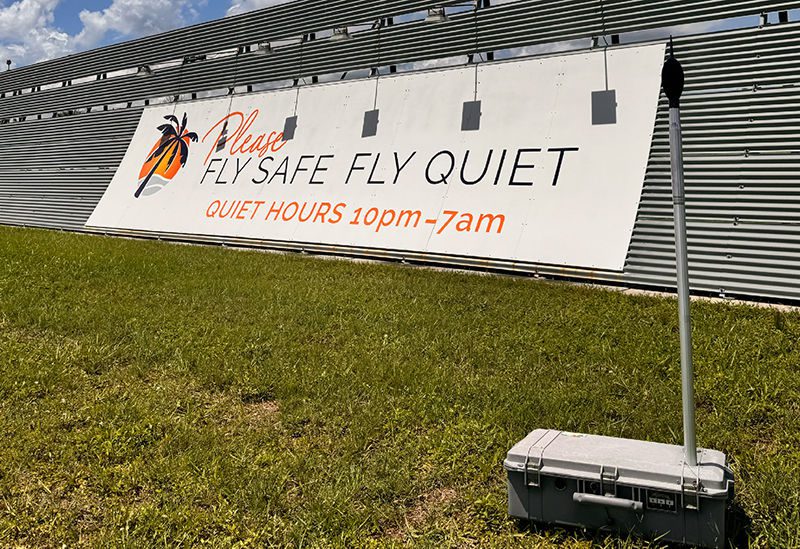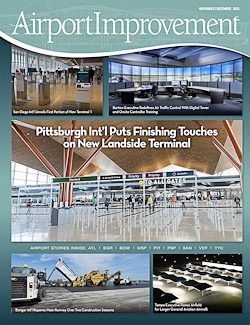When Naples Airport Authority officials saw a more expedient way to reduce noise, boost efficiency and improve safety at Naples Airport (APF), they took action outside of the traditional FAA process.
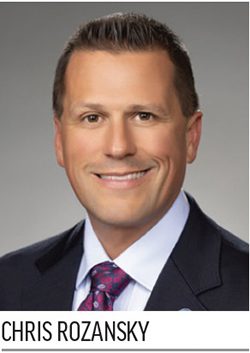 Instead of petitioning the federal agency to develop new flight procedures for aircraft arriving at the Gulf Coast airfield, the Airport Authority retained a private firm to perform the work, including test flights that were completed in May. If FAA publishes the new flight procedures in October as scheduled, they will have been designed, validated and published in less than two years’ time, instead of the three to five years that the traditional FAA process is currently taking at other airports.
Instead of petitioning the federal agency to develop new flight procedures for aircraft arriving at the Gulf Coast airfield, the Airport Authority retained a private firm to perform the work, including test flights that were completed in May. If FAA publishes the new flight procedures in October as scheduled, they will have been designed, validated and published in less than two years’ time, instead of the three to five years that the traditional FAA process is currently taking at other airports.
The new arrival procedures will be a tremendous improvement for APF, says Chris Rozansky, executive director of the Naples Airport Authority. Changes will be especially significant for the airport’s cross-wind runway, 14-32. Currently, aircraft can only make circling approaches to it. “Now, we’ll have a true, dedicated arrival approach to each runway end,” Rozansky explains. “This will reduce noise impacts and benefit aviation safety.”
| facts&figures
Project: Revising Flight Procedures Location: Naples Airport, FL 2024 Aircraft Operations: 123,171 2024 Passenger Volume: 200,000 Runway 5-23: Runway 14-32: Cost: $718,000 for development of new arrival flight procedures (including flight inspection services); $70,000 for noise modeling & community outreach; $1.5 million for Part 150 Noise & Land Use Compatibility Study Funding: Airport Authority financed 100% cost of flight procedure development; received $600,000 FAA grant & $30,000 FL DOT grant for Part 150 study, self-financed the rest Flight Procedures Development & Testing: Hughes Aerospace Corp. Noise Study & Design Consultant: Environmental Science Associates Timeline: Part 150 noise study 2019-2024; new arrival procedures developed during 2024; FAA issued Record of Approval for Part 150 study in Dec. 2024; test flights of proposed procedures on May 2, 2025; NEPA study completed July 2025; FAA expected to publish new procedures in Oct. 2025 Key Benefits: Reduced noise & fewer other impacts to growing community near airport; expedited development process |
Multi-Pronged Initiative
Hughes Aerospace, an authorized non-FAA Service Provider, designed, coordinated, and implemented the improved navigation procedures for $718,000. That price also included flight inspection services and all coordination with the FAA regarding publication.
Environmental Science Associates conducted noise analysis and performed community engagement services for $70,000.
Both projects were completely self-financed with Airport Authority funds and stem from the Part 150 Noise and Land Use Compatibility Study conducted by Environmental Science Associates from 2019 to 2023 for $1.5 million.
Naples Airport Authority, its consultants, contracted controllers in the APF tower and air traffic control personnel from FAA centers in Fort Myers and Miami worked together to formulate a plan to reduce noise while boosting efficiency and safety during approaches to APF.
The primary technical focus of the Part 150 study was the Noise Compatibility Program, which included extensive noise modeling work. Specialists combined varied inputs to determine what would help decrease local aircraft noise. More specifically, they evaluated potential flight procedures to reduce aircraft noise in nearby areas to within day-night average sound level (DNL) 60 decibels noise contours—the locally-adopted threshold for noise compatibility. In contrast, FAA’s threshold for noise compatibility is DNL 65, which is when noise-reduction measures are considered. Environmental Science Associates also generated more than 300 sets of noise contours to explore opportunities to reduce noise impacts beyond DNL 60.
One of the key recommendations from Environmental Science Associates was a slightly steeper glideslope (3.5% vs. the existing 3%) for approaches—a change that air passengers probably will not notice, notes Rozansky. If approved, the procedural tweak will require some arriving aircraft to start their final descent into APF from about 1,000 feet higher than before. Approaches from the southwest, which take aircraft directly over downtown Naples, will be about 100 feet higher. Less time at lower altitudes will translate into less intense aircraft noise in the community.
Ongoing Efforts
The initiative to revise approach procedures at APF is part of a larger strategy to proactively manage noise and interact with the surrounding community on a continuous basis.
The Part 150 study included a notable amount of community involvement. The Airport Authority formed a temporary Technical Advisory Committee comprised of local residents from around the airport as well as local government, business and aviation representatives. It supplemented the permanent Noise Compatibility Committee, which regularly liaises with the Airport Authority about managing noise
The nine local volunteers who serve on the Noise Compatibility Committee are considered important assets because they provide feedback about whether efforts to hold down noise levels are working. Other key elements of APF’s Noise Abatement Program include:
- a noise hotline and free smart phone app to help residents submit comments about aircraft noise;
- a ban on engine maintenance run-ups from 10:00 p.m. to 7:00 a.m.;
- a voluntary, but highly encouraged, flight curfew from 10:00 p.m. to 7:00 a.m.; and
- a monthly Noise Report published on the Airport Authority website that breaks down the sources of complaints by neighborhood.
Officials are continually looking to build on and improve the airport’s overall noise performance. Until recently, it had been 20 years since a complete Part 150 study had been done at APF, notes Mike Arnold, senior vice president and National Aviation Market director for Environmental Science Associates. It had also been a decade since the airport updated its noise contours. Jet activity increased at APF in the 2010s following the dip caused by the Great Recession, and the community near the airfield has grown over the years. “Conditions had changed,” Arnold summarizes.
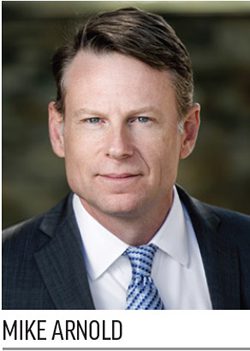 Rozansky notes that the recent effort to change flight procedures is not related to years of discussions about relocating the airport. Guided by results of a recent financial feasibility analysis, the Airport Board voted this June to discontinue studying a possible relocation.
Rozansky notes that the recent effort to change flight procedures is not related to years of discussions about relocating the airport. Guided by results of a recent financial feasibility analysis, the Airport Board voted this June to discontinue studying a possible relocation.
Extra Steps
Typically, modified flight procedures begin with an approved Part 150 noise study and involve the FAA developing and implementing the changes. However, Rozansky points out that the federal agency has a finite amount of resources available to do so, and airports typically wait three or more years after submitting a request to the FAA Instrument Flight Procedures Information Gateway portal.
He and other Airport Authority officials wanted to get the job done faster at APF. So staff investigated ways to expedite the process, and Rozansky presented options for private flight procedure design firms to the Airport Board’s Consultant Selection Committee, which recommended the strategy to the full board. Hughes Aerospace Corp. was then selected in December 2023 through a competitive bid process.
Rozansky points out that Hughes has a CFR 14 FAA Part 97 Certificate, which enables it to perform the same functions that the FAA does in terms of flight procedure design, flight inspection activities and maintenance. Working with other project stakeholders, the company focused on airspace, terrain, obstacles and environmental factors during its work at APF in 2024.
Another important part of the flight procedure design process was a noise screening analysis required by the National Environmental Policy Act (NEPA). That was conducted by Environmental Science Associates and included a public workshop to garner comments from local residents. The firm also analyzed the proposed new flight procedures to check for unexpected effects.
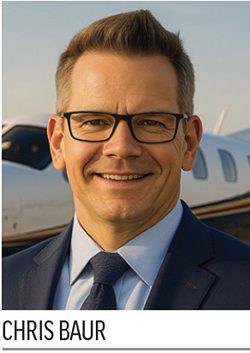 Next came the flight inspection activities, which are required by FAA to ensure that procedures meet required safety and performance standards. Chris Baur, chief executive officer of Hughes Aerospace and an FAA-certificated Flight Inspection Pilot, worked with another Hughes test pilot to perform a series of test flights at all ends of APF’s runways, successfully evaluating the performance of the proposed new procedures. Flying the company’s Socata TBM 850 single-engine turboprop, Baur approached, landed and departed from primary Runway 5-23 and its cross-wind runway, 14-32. The test flights started at 6 a.m. to minimize impact on other traffic and ended around 10 a.m.
Next came the flight inspection activities, which are required by FAA to ensure that procedures meet required safety and performance standards. Chris Baur, chief executive officer of Hughes Aerospace and an FAA-certificated Flight Inspection Pilot, worked with another Hughes test pilot to perform a series of test flights at all ends of APF’s runways, successfully evaluating the performance of the proposed new procedures. Flying the company’s Socata TBM 850 single-engine turboprop, Baur approached, landed and departed from primary Runway 5-23 and its cross-wind runway, 14-32. The test flights started at 6 a.m. to minimize impact on other traffic and ended around 10 a.m.
Hughes has performed similar flight inspections at public and private airports worldwide; but noise isn’t always the issue. Sometimes, terrain is the primary challenge. For instance, Hughes tested flight procedures at Eagle County Airport in Colorado to provide safe all-weather access day or night. Hospital heliports and air ambulance operators also contract the company.
Rozansky reports that the flight tests conducted at APF validated the design work that Hughes performed. Moreover, input from all stakeholders was submitted to the FAA, and publication of the modified arrival procedures are on track for early October 2025.
Zachary Burch, senior manager of Communications/Community Engagement for the Naples Airport Authority, notes that revised flight procedures will accomplish more than reducing noise for airport neighbors. “The project will help to standardize flow and develop new procedures for some of the runway ends to replace older circling approaches,” explains Burch. “Straight-in procedures with lateral and vertical guidance to each runway will enhance safety and all-weather day-night accessibility to the airport.” In short, the proposed arrival procedures will reduce noise and fuel consumption while elevating accessibility and safety.
Next Up
More work remains for the Naples Airport Authority. Once the new arrival procedures are approved and published, staff will deploy noise monitors to keep tabs on the new approaches.
In addition, the Authority is in the conceptual stages of developing adjustments to departure flight procedures. Multiple strategies are being considered, including “higher-faster,” which would have southbound and eastbound aircraft pass directly over Naples Bay. If the Authority wants to pursue that possibility, detailed plans will need to be approved by Fort Myers Terminal Radar Approach Control at Southwest Florida International (RSW) Air Traffic Control before the FAA approval process is initiated.
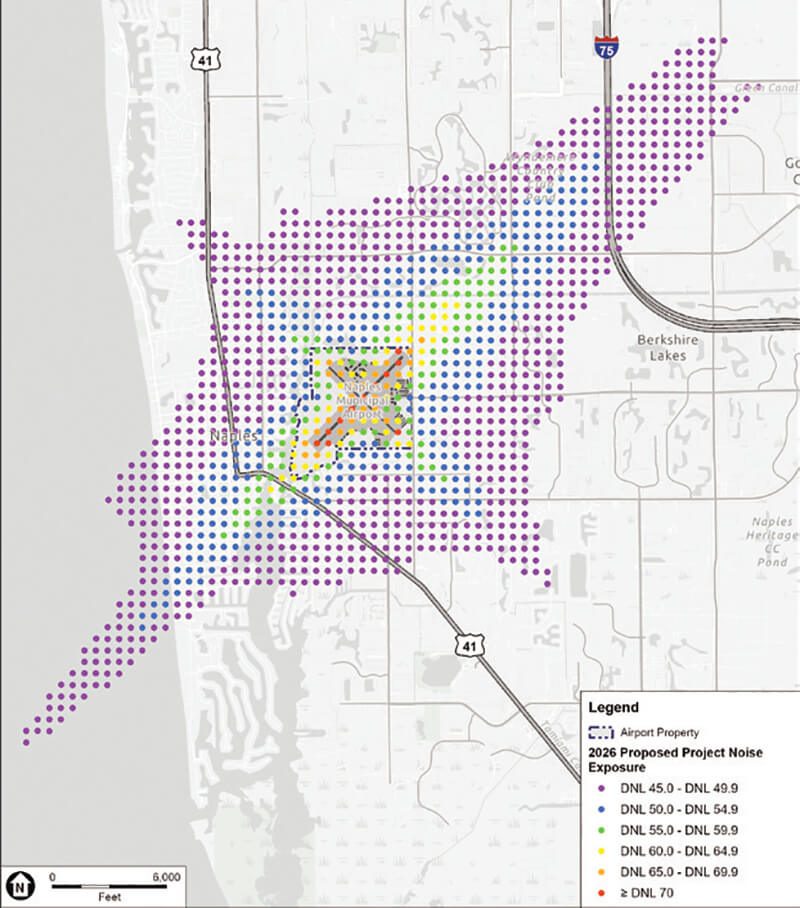
Environmental Science Associates developed this proposed action noise exposure for Naples Airport.
According to Baur, engaging a proven, FAA-authorized provider like Hughes represents a smart and efficient industry-government partnership—and a practical way to help ease the FAA’s workload. “This process has evolved,” he adds. “This is how forward-thinking organizations are getting things done today.”
Other airports that have also taken this accelerated approach include Lakeland Linder International (where Hughes and Environmental Science Associates served in similar capacities as they did at APF), Chicago O’Hare International, King County International – Boeing Field, San Bernardino International, Ted Stevens Anchorage International and Merrill Field, which is also in Anchorage.
Rules of Thumb
Stakeholders in the APF project offer pointers for other airports to consider.
Rozansky notes that it’s important to investigate different strategies. “At Naples, we are always looking for new opportunities as to how we can both improve aviation safety while meeting the needs of the community around the airport,” he remarks. “And that pushes us to establish new best practices.
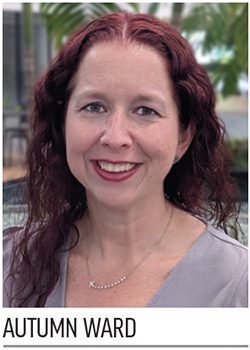 Autumn Ward, director of the Airports Business Group for Environmental Science Associates, reminds airport executives that developing new flight procedures requires patience. “It’s not a quick process, but it’s quicker if you go with a private entity,” she says.
Autumn Ward, director of the Airports Business Group for Environmental Science Associates, reminds airport executives that developing new flight procedures requires patience. “It’s not a quick process, but it’s quicker if you go with a private entity,” she says.
Her colleague, Arnold, suggests considering as many strategies as possible. “NAA [Naples Airport Authority] was really good at leveraging the Part 150 process to explore measures that could benefit the community,” he says. “They used Part 150 to explore ideas well beyond its traditional limits.” That’s how the project team ended up working with a private flight procedure design firm to streamline the process.
Arnold also advises making the process transparent, so the public understands what the airport is doing about noise and why.
“Factor in the cost of time and convenience,” adds Baur, explaining that approach issues may cause pilots to avoid using a given airport. “So you can wait, or you can move on and reap benefits in a much more timely manner. In business, time is money.”
Having just been through the process, Rozansky’s advice is succinct and direct: “Engage a flight procedure firm to discuss how they might be able to help your airport and your community.”

